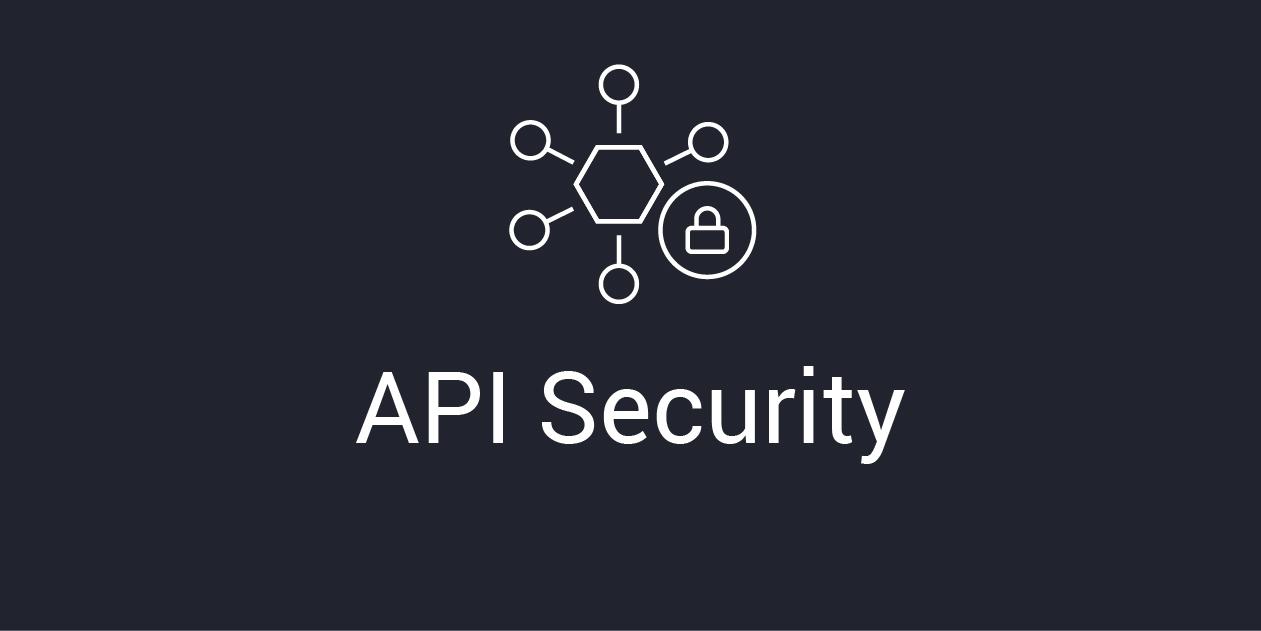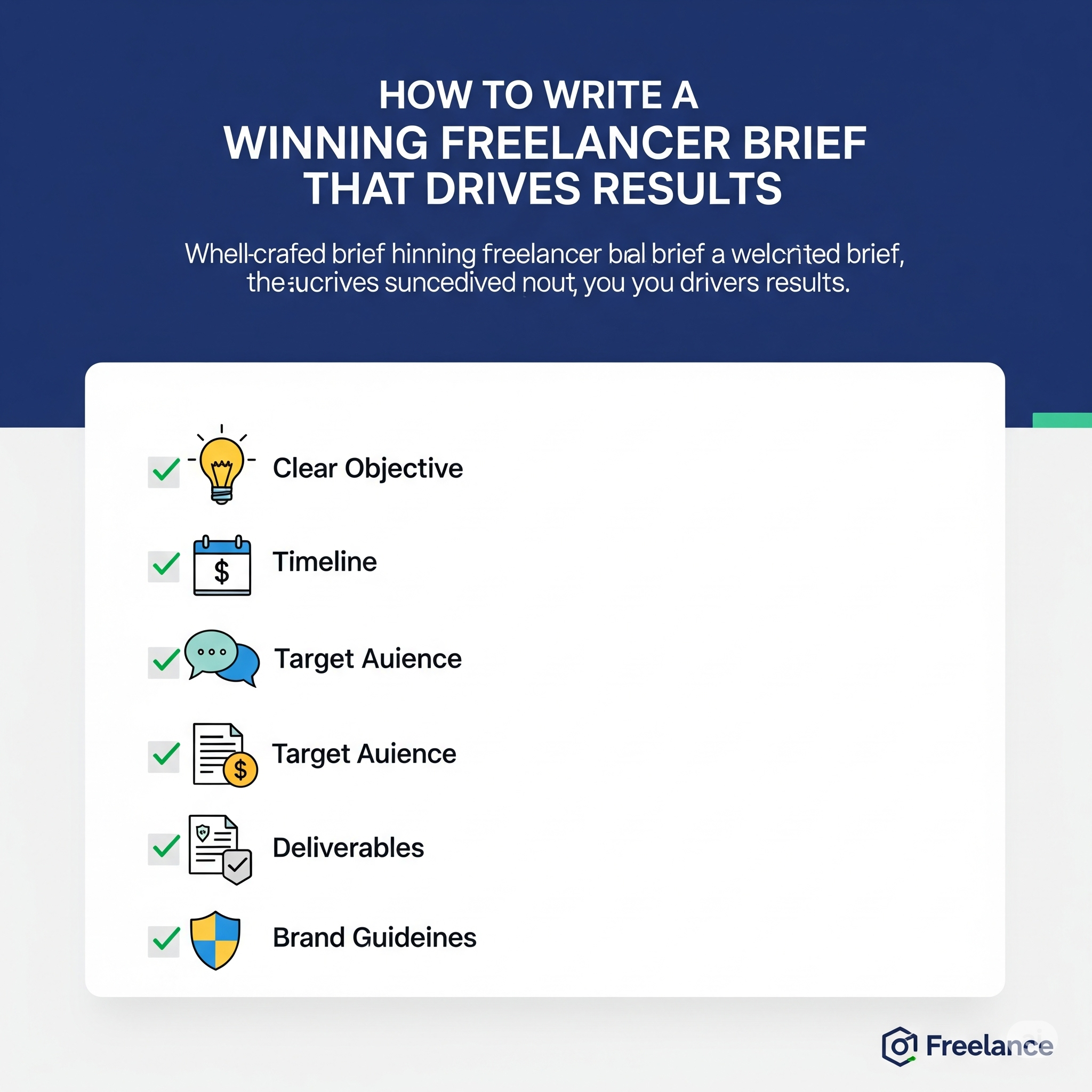Best Practices for Securing APIs in Back-End Development
In today’s web-driven world, APIs (Application Programming Interfaces) act as the backbone of numerous applications, enabling them to communicate with one another and transfer data efficiently. However, the rise in API usage also brings an increase in security vulnerabilities. As developers, it is crucial to understand the best practices for securing APIs in back-end development to protect sensitive data and maintain user trust. This article dives deep into effective strategies, their benefits, and practical tips for fortifying API security.
Understanding the Importance of API Security
APIs often serve as gateways to critical functionality and data, making them attractive targets for attackers. A successful breach can lead to:
- Data theft or loss
- Loss of reputation
- Potential legal ramifications
- Financial losses
By implementing robust security measures, organizations can safeguard their APIs, enhance operational efficiency, and bolster user confidence.
Common API Vulnerabilities
Before implementing security measures, it’s essential to understand common vulnerabilities:
- Authentication Issues: Weak or absent authentication mechanisms can allow unauthorized access.
- Lack of Encryption: Transmitting sensitive data without encryption can expose it to interception.
- Excessive Permissions: Granting too many privileges to users can lead to security breaches.
- SQL Injection: Improperly validated data can allow SQL injection attacks.
- Improper Rate Limiting: Without controls, APIs can be subjected to denial-of-service (DoS) attacks.
Best Practices for Securing APIs
1. Implement Robust Authentication and Authorization
Use strong authentication methods, such as OAuth 2.0, API keys, or JWT (JSON Web Tokens), to validate users and applications. Make sure to implement fine-grained access controls that limit users’ access to just what they need.
2. Utilize HTTPS
Always use HTTPS to encrypt data in transit. This helps protect sensitive information from man-in-the-middle attacks.
3. Validate Inputs
Sanitize and validate all incoming data to prevent injection attacks and ensure that only correctly formatted data is processed by your API. Consider using libraries that assist in input validation.
4. Implement Rate Limiting
To defend against DoS attacks, implement rate limiting. This restricts the number of requests that can be made from a single IP address over a specific time period.
5. Log and Monitor API Usage
Carry out regular logging of API calls and monitor usage patterns. This helps in identifying unusual behavior or potential security threats.
6. Use API Gateways
API gateways can act as a buffer between clients and your APIs, offering additional layers of security such as traffic management and security features.
7. Employ Data Encryption
Ensure that sensitive data is encrypted both in transit and at rest. Utilize standards like AES (Advanced Encryption Standard) for robust data protection.
Benefits of Securing APIs
Implementing these security measures can lead to several benefits:
- Enhanced protection against unauthorized access
- Improved trust and confidence from users
- Compliance with data protection regulations (GDPR, HIPAA, etc.)
- Reduced risk of data breaches and financial losses
Practical Tips for Securing Your APIs
Here are some additional practical tips for ensuring API security:
| Tip | Description |
|---|---|
| Regular Security Audits | Conduct regular audits to identify new vulnerabilities. |
| Software Updates | Keep libraries and frameworks updated to patch known vulnerabilities. |
| Documentation | Document your API security policies and practices for team members. |
| Security Training | Provide security training for developers to understand potential threats. |
Real-World Case Studies
Let’s look at a couple of real-world examples that highlight the importance of API security:
- Facebook’s Graph API: After multiple data leaks, Facebook invested heavily in enhancing the security of its API, implementing stricter controls and transparency in its data usage policies.
- Equifax Data Breach: This infamous breach exposed sensitive personal information due to an unaddressed vulnerability in its APIs, leading to severe consequences for the company.
Conclusion
Securing APIs in back-end development is an ongoing process that requires vigilance, regular updates, and adherence to best practices. By implementing robust authentication, employing HTTPS, validating inputs, and monitoring API usage, developers can significantly reduce the risk of security breaches. The importance of API security cannot be overstated, especially in a digital landscape that is constantly evolving. Remember, no application is invincible, but with the right measures in place, you can make it much harder for cybercriminals to succeed.
For more insights on API security, keep exploring, stay informed, and prioritize the safety of your applications. Your users and their data deserve it!








